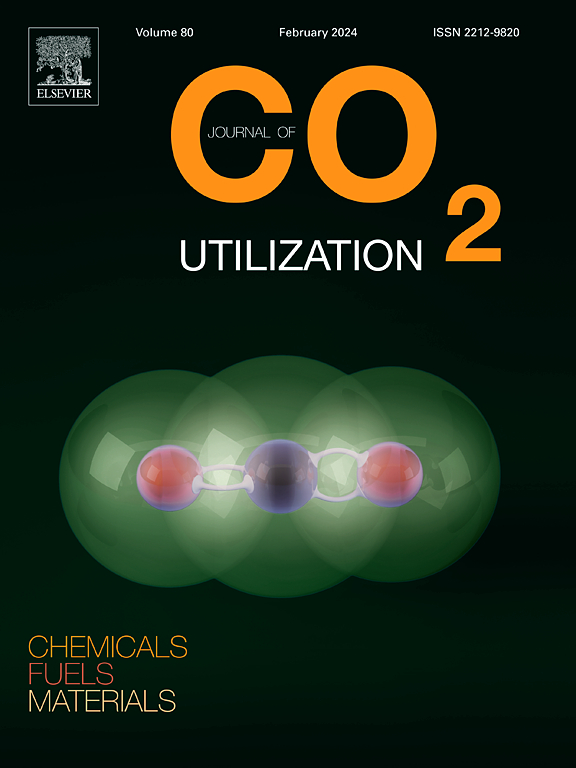Effects of silicate modulus and GBFS content on shrinkage of alkali-activated steel slag cementitious material
IF 7.2
2区 工程技术
Q1 CHEMISTRY, MULTIDISCIPLINARY
引用次数: 0
Abstract
Alkali-activated steel slag material (ASSM), a sustainable and environmentally-friendly construction material due to its lower carbon footprint. faces challenges, particularly in terms of high shrinkage. This study investigated the relationship between autogenous shrinkage, drying shrinkage, the type and content of hydration products, and pore structure of ASSM. The effects of different silicate moduli of water glass (1.5 and 2.0) and GBFS contents (10 % and 20 %) on the properties of ASSM were evaluated with a constant alkali concentration of 4 %. The results indicate that both the silicate modulus and GBFS content significantly impact the shrinkage behavior of ASSM. Decreasing the silicate modulus and increasing the GBFS content effectively reduce both autogenous and drying shrinkages. Notably, autogenous shrinkage is reduced more significantly with an increase in GBFS content at a low modulus, while drying shrinkage is reduced more noticeably under high modulus condition. The established shrinkage models can effectively predict autogenous and drying shrinkages of ASSM. The trend of drying shrinkage in ASSM corresponds to changes in the pore structure, whereas the varying trends in autogenous shrinkage may be attributed to the formation of gel products. Increasing the silicate modulus and GBFS content does not alter the types of hydration products. An increase in the silicate modulus and GBFS content has minimal effect on the hydration degree of ASSM. By increasing both the silicate modulus and GBFS content, the pore structure of the hardened paste can be refined.
硅酸盐模量和GBFS含量对碱活化钢渣胶凝材料收缩的影响
碱活化钢渣材料(ASSM)是一种低碳环保的可持续建筑材料。面临挑战,特别是在高收缩方面。研究了自收缩、干燥收缩、水化产物类型和含量与ASSM孔隙结构的关系。在恒定碱浓度为4 %的条件下,考察了不同水玻璃硅酸盐模量(1.5和2.0)和GBFS含量(10 %和20 %)对ASSM性能的影响。结果表明,硅酸盐模量和GBFS含量对ASSM的收缩行为有显著影响。降低硅酸盐模量和增加GBFS含量可有效降低自收缩和干燥收缩。值得注意的是,在低模量条件下,随着GBFS含量的增加,自缩水率降低更为明显,而在高模量条件下,干燥缩水率降低更为明显。所建立的收缩模型可以有效地预测ASSM的自收缩和干燥收缩。ASSM的干燥收缩趋势对应于孔隙结构的变化,而自收缩趋势的变化可能归因于凝胶产物的形成。增加硅酸盐模量和GBFS含量不会改变水化产物的类型。硅酸盐模量和GBFS含量的增加对ASSM水化程度的影响最小。通过提高硅酸盐模量和GBFS含量,可以改善硬化膏体的孔隙结构。
本文章由计算机程序翻译,如有差异,请以英文原文为准。
求助全文
约1分钟内获得全文
求助全文
来源期刊

Journal of CO2 Utilization
CHEMISTRY, MULTIDISCIPLINARY-ENGINEERING, CHEMICAL
CiteScore
13.90
自引率
10.40%
发文量
406
审稿时长
2.8 months
期刊介绍:
The Journal of CO2 Utilization offers a single, multi-disciplinary, scholarly platform for the exchange of novel research in the field of CO2 re-use for scientists and engineers in chemicals, fuels and materials.
The emphasis is on the dissemination of leading-edge research from basic science to the development of new processes, technologies and applications.
The Journal of CO2 Utilization publishes original peer-reviewed research papers, reviews, and short communications, including experimental and theoretical work, and analytical models and simulations.
 求助内容:
求助内容: 应助结果提醒方式:
应助结果提醒方式:


